Cognac never tasted so good. Of course, the birthday girl, prima ballerina assoluta Matilda Kshesinska, served only the best. But Antonina—Nina for friends and family—needed it for courage.
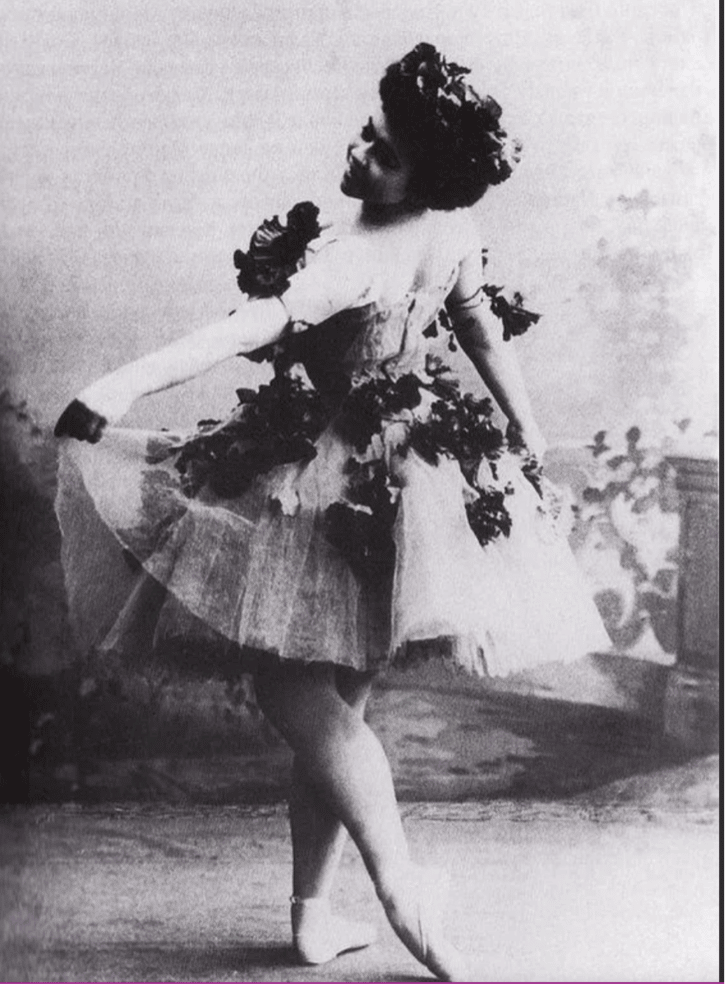
Antonina Nesterovska was a corps de ballet dancer at the St. Petersburg Theatre.
It was no wonder Nina Nestrerovska needed courage. Kshesinska’s 40th birthday party was nothing short of awe-inspiring. Guests were to arrive to her summer house by a chartered train from St. Petersburg. The night was to commence with a theatrical performance in which Nina, among others, was to parody the most famous Russian ballet dancers. An al fresco gourmet dinner was to follow, after which spectacular fireworks would conclude this majestic affair.
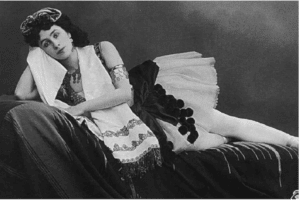
Matilda Kshesinska, prima ballerina assoluta, was the former mistress of the future Tsar Nicholas II. After his engagement, they parted ways. Per Nicholas’ permission, she continued to call him Nicky and turned to him for help.
It was no wonder Nina Nestrerovska needed courage. Kshesinska’s 40th birthday party was nothing short of awe-inspiring. Guests were to arrive to her summer house by a chartered train from St. Petersburg. The night was to commence with a theatrical performance in which Nina, among others, was to parody the most famous Russian ballet dancers. An al fresco gourmet dinner was to follow, after which spectacular fireworks would conclude this majestic affair.
One look at the guest list and Nina’s heart plummeted. Five Romanovs! Nina could not believe she had been included in this party. What a blessing that a year ago, in 1910, Matilda took twenty-year-old Nina under her wing! The young dancer loved to learn the refined way of life from the Queen of Ballet.
Four Grand Dukes (L to R) Sergey, Andrey, Boris and Dmitry attended Kshesinska’s party. She was romantically involved with both Sergey and Andrey and had a son with the latter.
How resplendent the Romanovs looked in their parade uniforms! They had attended a dinner at the nearby Tsar’s palace and had arrived fashionably late. Nina could not take her eyes off Duke Gabriel. Could he be glancing at her, too? Why would he? He was a royal, and she was just a corps de ballet dancer from an impoverished aristocratic family. Besides, she was a little plump and not especially pretty. Gabriel—he was tall, handsome and so elegant. Was Nina just imagining this? She was not. It was love at first sight.

Gabriel was born in 1887 to Grand Duke Constantine and Grand Duchess Elisabeth. THE 1885 DECREE which limited the number of grand dukes, demoted him to the rank of duke thus stripping him of many privileges.
Gabriel’s parents owned many beautiful estates. One of them was the resplendent Marble Palace in St. Petersburg. It was built by Catherine the Great and was gifted to the ancestors of Gabriel’s family.
Gabriel began to frequent Sunday ballet performances once the winter season opened at the Mariinsky Theatre. No matter how far away on the stage Nina was, he only had eyes for her.
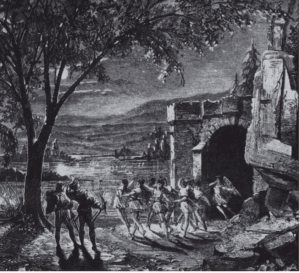
Nina danced with the corps de ballet at the back of the stage, often by decorations that depicted a lake or another body of water. At the theatre such performers were called “dancers by the water.” (Swan Lake, 1887)
Before too long, Gabriel became a regular at the little apartment where the dancer lived with her mother. They became good friends but longed for more.
Fate soon granted them this opportunity. In 1912, Matilda Kshesinska was scheduled to dance in Diaghilev’s Ballet Russes in Monte Carlo. She invited Nina to go with her. Gabriel followed. Unfortunately, there were no vacancies in the troupe and Nina had to perform for free, but that did not matter. She and Gabriel were together! At the end of the trip, 25-year-old Gabriel and 22-year-old Nina knew that they were meant for each other.
Gabriel was determined to marry his beloved. But how? As a duke, he needed the approval of the emperor, not to mention permission from his own parents. Neither was possible.
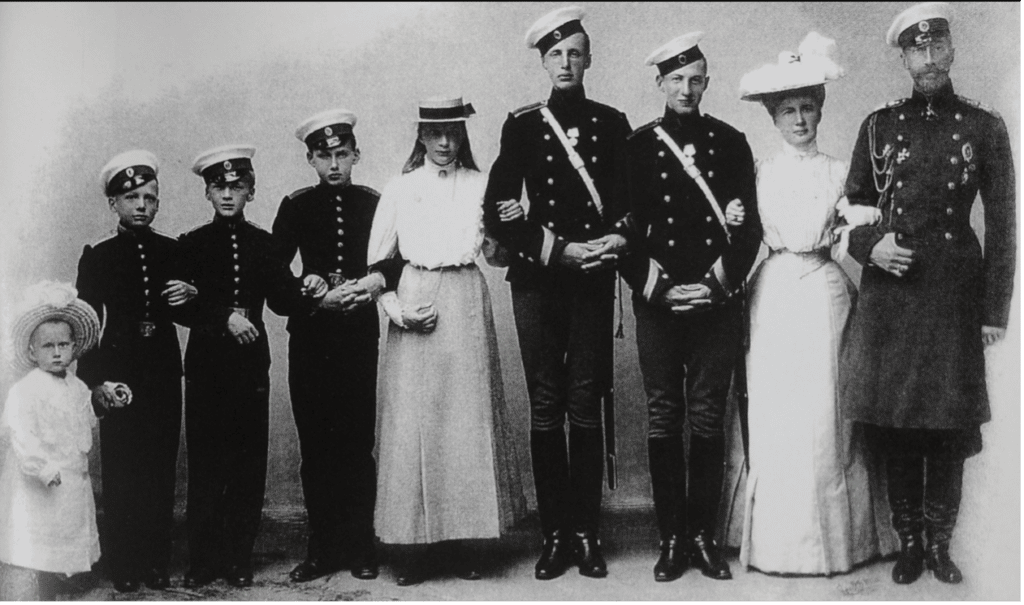
Gabriel (4th from the right) with his parents and six siblings. At 6’4” he was the tallest in the family. Nina was only 5’ tall.
A less resolute man would have abandoned his first love and looked elsewhere. Not Gabriel. He was able to find a monk who agreed to officiate at their engagement. The ceremony took place at the home of Nina’s uncle. After that, the Duke rented an apartment for his fiancée and the couple’s English bulldog Carlo—their acquisition from Monte Carlo. Per Gabriel’s request, after only six years on stage, Nina left the theater. Their idyll was short-lived. In 1914 Gabriel and his four brothers left to fight in World War I.
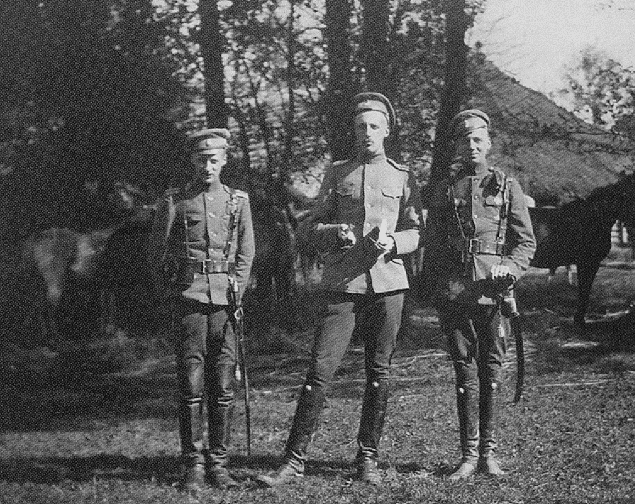
Dukes Igor, Gabriel, Oleg. 1914. Duke Oleg was the only Romanov killed in World War I.
Nina worried especially because in his younger years, her fiance had contacted typhoid fever and pneumonia, which compromised his lungs. Every time the phone rang, she was paralyzed with fear. Bad news was just around the corner. However, it was not about Gabriel, but his younger brother Oleg, who had been wounded and died at the age of twenty-one.
Overwhelmed by grief, Gabriel’s father soon died of a heart attack. Gabriel, who had been suffering from malaria-like symptoms, took a leave of absence, returned to Petrograd and enrolled in the military academy. Three years later, at twenty-nine, he graduated and received the rank of colonel.
If only he and Nina could marry! Gabriel pleaded with Nicholas II, but the Emperor refused. Allowing a morganatic marriage would set a bad example for other royals. In a moment of weakness, Gabriel’s mother gave him her blessing but later regretted her decision. Then, in 1917 Nicholas abdicated and the world around Gabriel and Nina collapsed.
Ivan Vladimirov, Capture of the Winter Palace
There was one silver lining to this catastrophe—the monarchy no longer existed and neither did royal titles, which meant there were no more obstacles to their marriage. Despite the dreadful circumstances, personally, Gabriel was the happiest man on earth. What he did not yet know is that he was also the luckiest one.
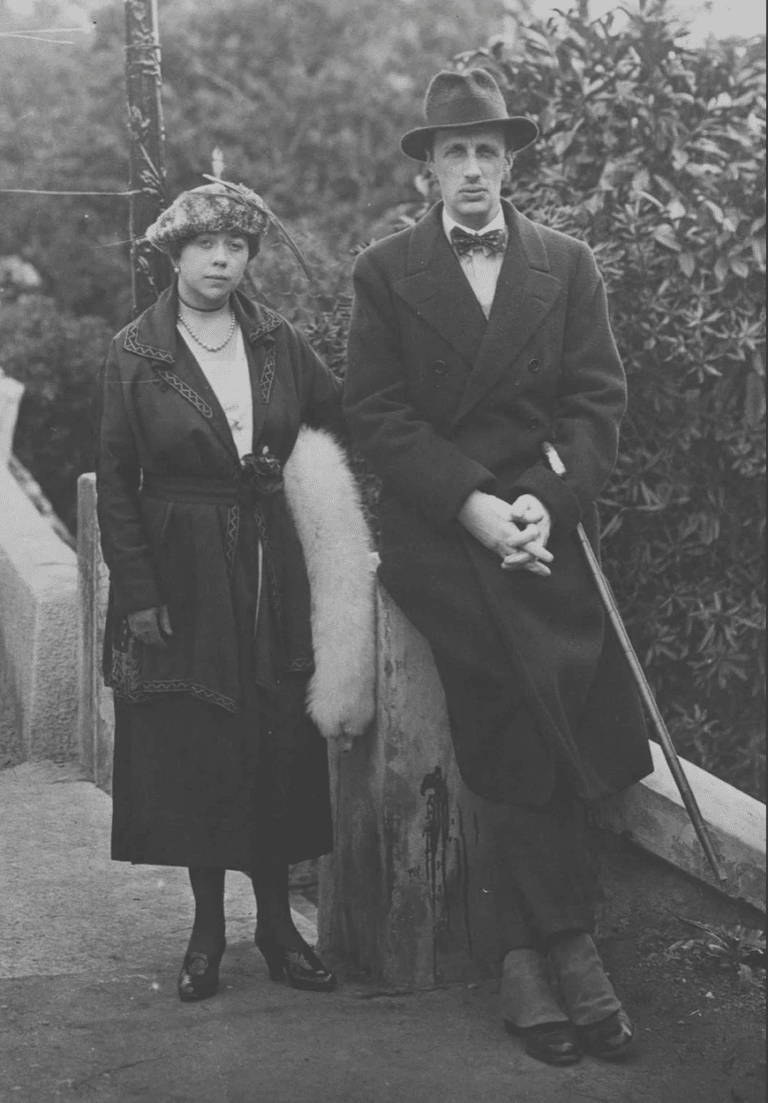
Gabriel and Nina in exile
The nuptials could not quiet Nina’s anxiety. There was constant talk of advancing German troops, a possible famine, and the growing power of the Bolsheviks. She sought audience with the new Prime Minister, Kerensky. Her question was straightforward: Should she and Gabriel emigrate? Kerensky brushed her off—Germans were not advancing, famine could strike anywhere, and Bolsheviks were nothing but a nuisance. Several months later, in the fall of 1917, the Bolsheviks overturned Kerensky’s Provisional Government and he fled Russia.
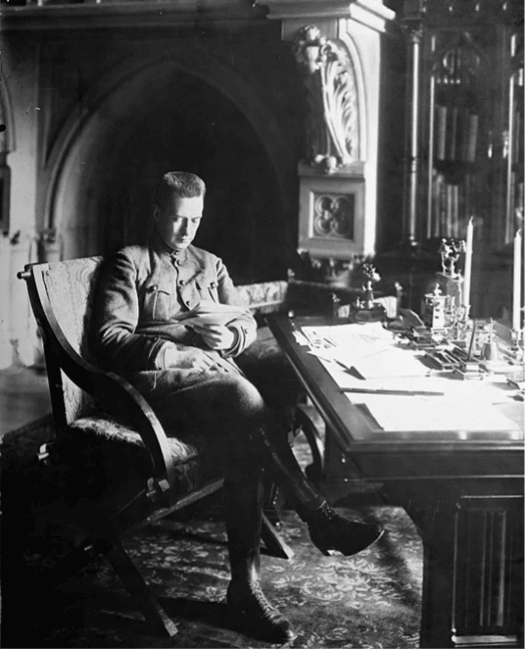
Rumor had it that Kerensky fled disguised as a woman, but in reality, he was whisked away in an automobile provided by the American Embassy.
The royals were not so lucky. The new Bolshevik government had all the Romanovs and their relatives register and then began to exile them from Petrograd. Time after time, Nina was able to save her husband from the same fate. . She pleaded, reasoned and cited his poor health: not only had Gabriel been diagnosed with tuberculosis but he was also sick with the flu.
In 1918 the inevitable happened—Gabriel was arrested. Nina would not leave his side. She accompanied him to the offices of the Secret Police and pleaded with Uritsky, its chief: Why would he place a sick man in jail? Why not have him hospitalized?
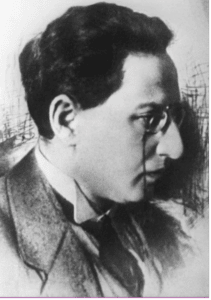
Uritsky (1873-1918) was a Bolshevik revolutionary leader and the chief of the Secret Police (Cheka) in Petrograd.
Uritsky exploded, “Because he is a Romanov! Because for the last 300 years Romanovs had killed and raped the country and its people! Because I hate all the Romanovs and all the bourgeoisie and will eradicate them with one stroke of my pen! Our hour has come, and we shall vindicate ourselves with all our r fury!”
He assured the couple that Gabriel’s three exiled brothers who had been assassinated. Then he graciously offered Gabriel to choose his own prison.
They had to pry the Duke out of Nina’s arms. Blinded by tears, she ran outside and was almost struck by the car that was whisking him off to prison. . Stumbling and crying, she chased after it. The driver and the two accompanying guards took pity on her and stopped. For one last time, she hugged her dear husband. Later that night, Nina put together a parcel: a pillow, bedsheets and food. Then she visited her mother-in-law and told her about Gabriel’s arrest. The former ballet dancer and the former Grand Duchess have never been united in happiness. Now they were united in grief.
Nina was relentless in her determination to have Gabriel transferred to a hospital. When the powerful men she appealed to could not or would not help her, she turned to their women—wives, lovers and sisters. The common-law wife of the revolutionary writer Maxim Gorky was especially helpful. Gorky had noticed Nina when she was visiting. He wrote Lenin, the Bolshevik leader, a letter with an appeal to release the ailing duke. Nina did not know how she survived the next few days. “I am getting weaker by the day; I can’t eat and hardly sleep. When I wake up, there is only one thought: is my husband still alive?”
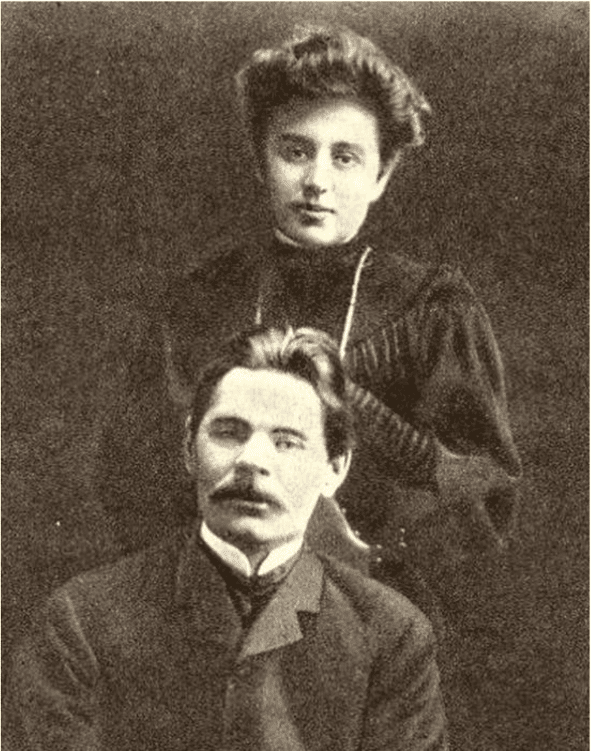
Gorky and Andreyeva
Then, finally, Maria said that Lenin had honored Gorky’s request. But it was too early to celebrate. Commissar Uritsky had been shot dead by a protester, and the Bolsheviks threatened to vindicate him by killing all the Romanov hostages. Nina was barely alive when Gabriel was finally transferred to a clinic. Shortly afterwards, they moved into Maria’s apartment. Using her connections, Maria was able to obtain permission for them to leave for Finland. Penniless and exhausted by the stress and a bout of the Spanish flu, Nina and her husband were finally safe. In the end, they settled in France.
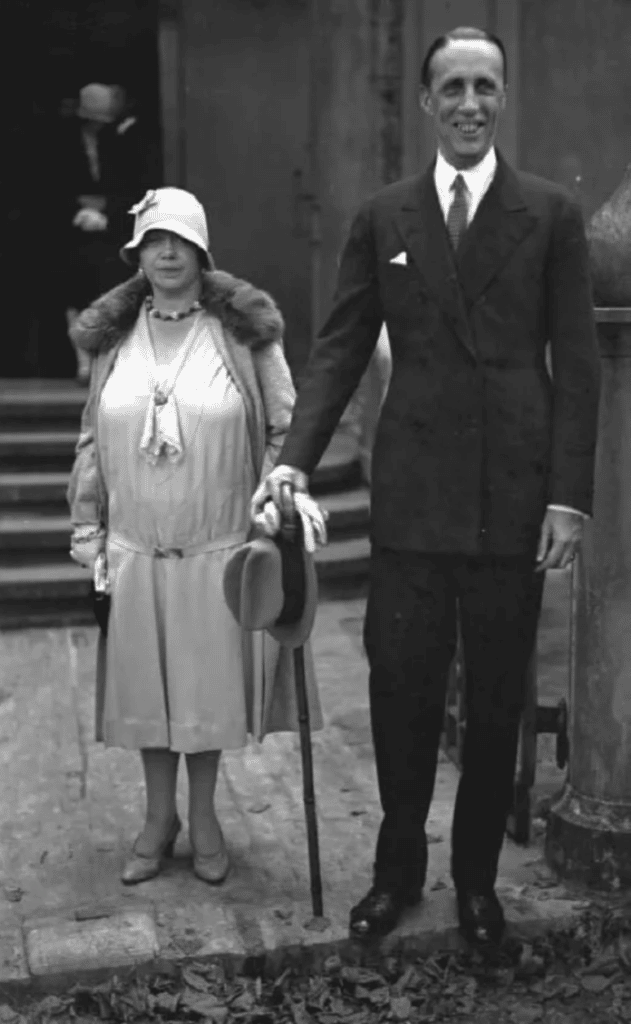
Gabriel and Nina on the steps of the Alexander Nevsky Cathedral in Potsdam
They later learned that Uritsky was not lying when he said that Gabriel’s three brothers were assassinated by the Bolsheviks. They did not have a little ballerina wife to save them from death.
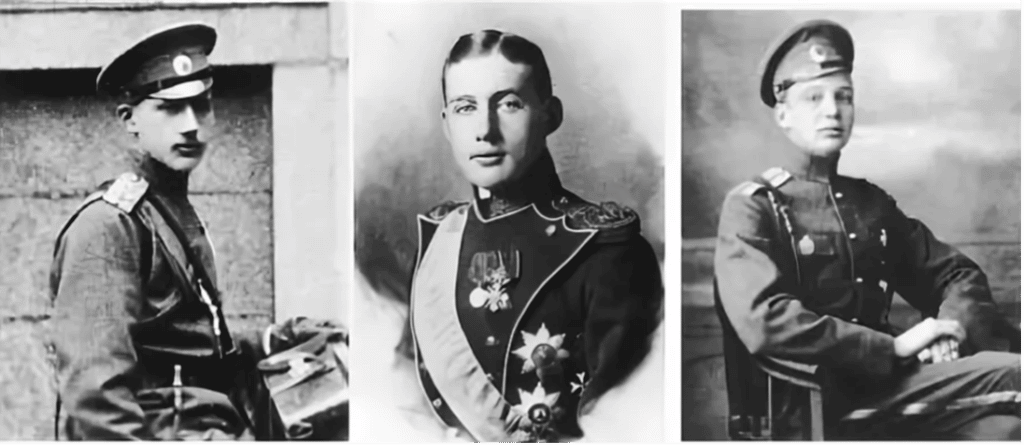
L to R: Gabriel’s brothers, Igor (24), Ioanne (32) and Constanine (27) were assassinated in 1918.
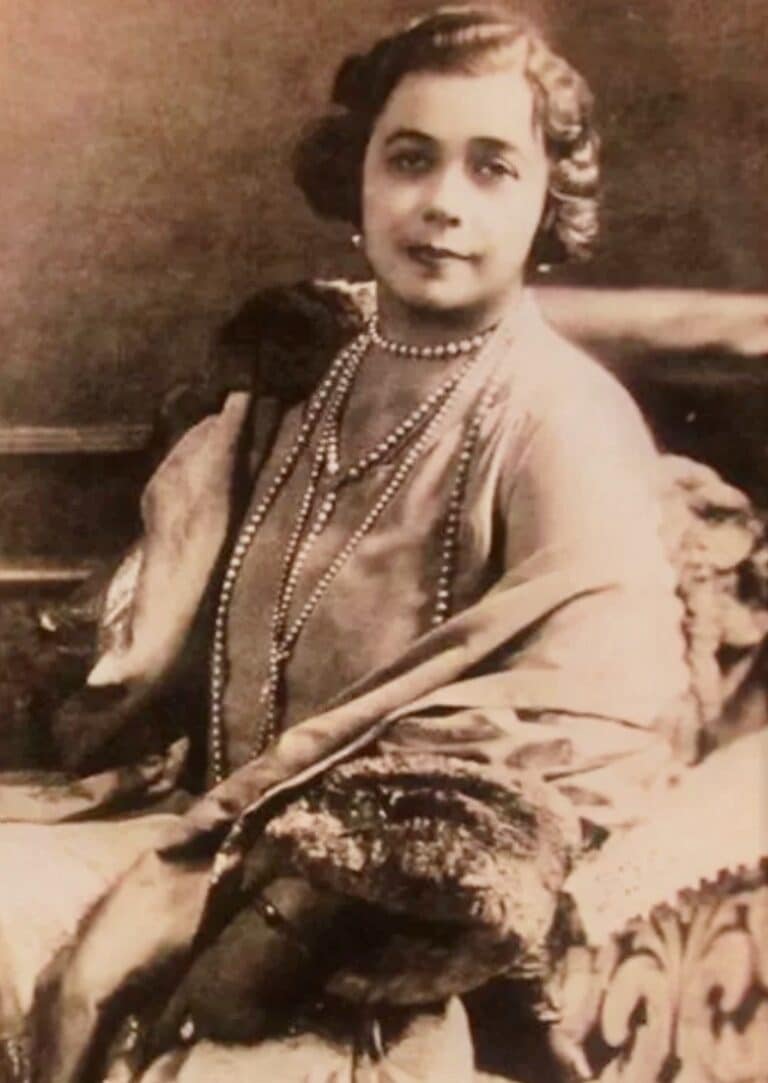

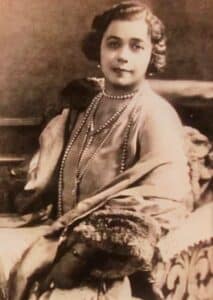
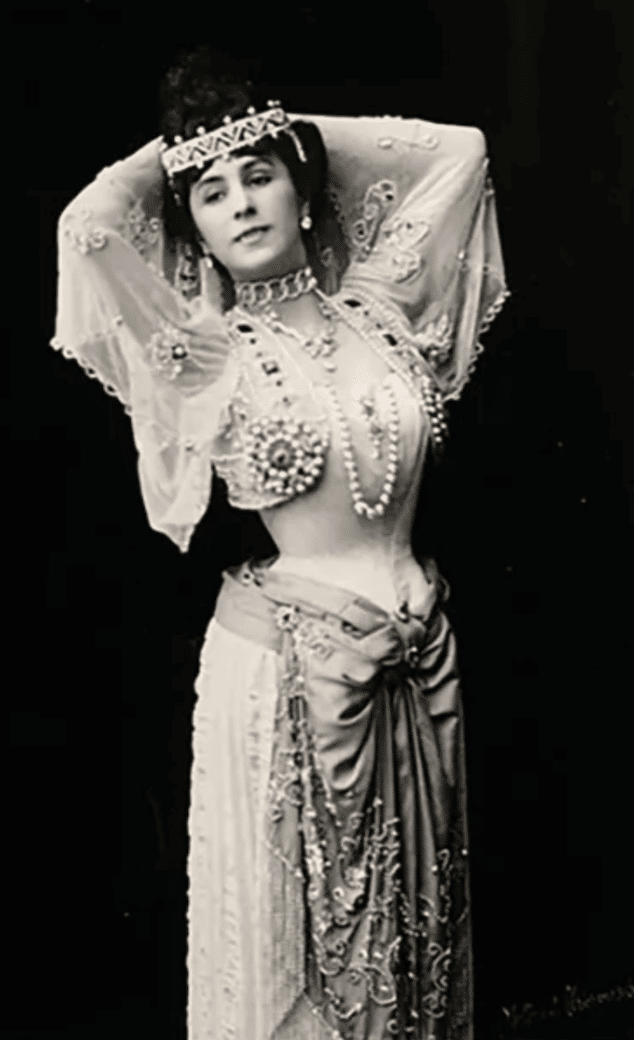
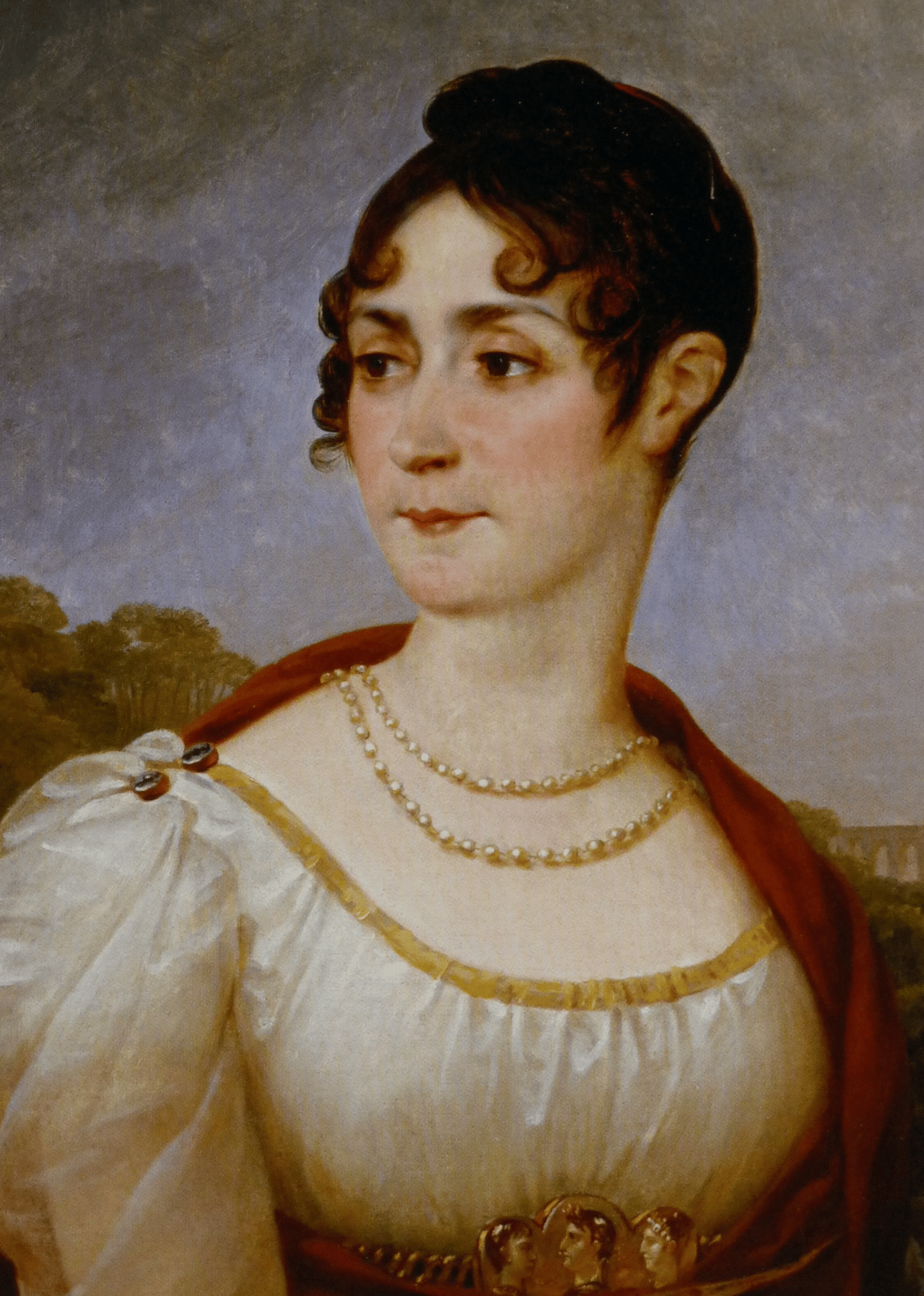
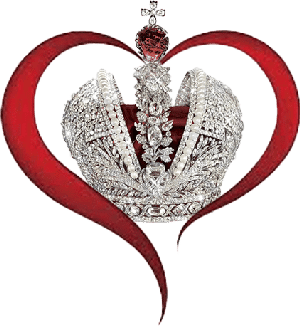
1 thought on “The Fearless Ballerina who saved a Prince from being executed”
Lots of intriguing historical facts